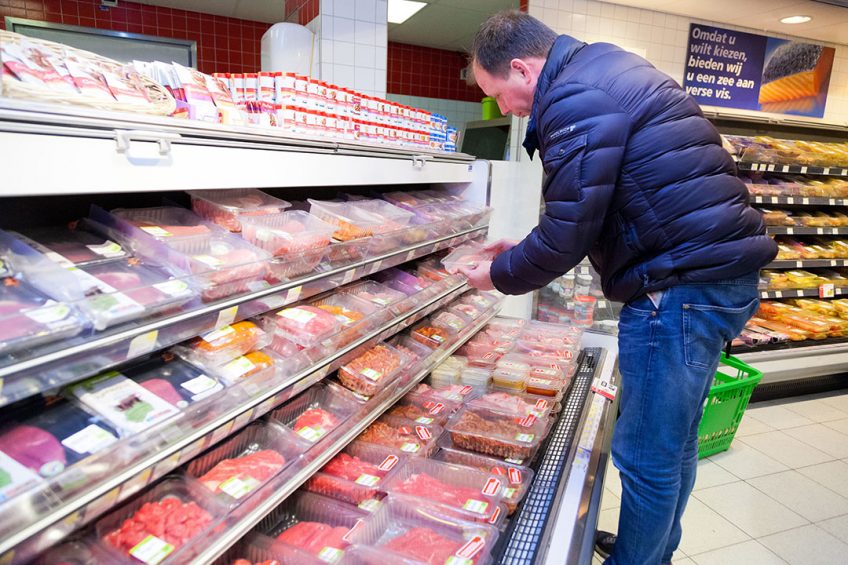Effect of breast myopathies on shelf life

There are many studies on the mechanisms involved in meat changes due to myopathies. A recent study focused on the effects of breast myopathies on shelf life, quality and bacteria count. Surprising affected meat scores better during the first 11 days of storage.
The high consumer acceptability of poultry meat for its nutritional and perceived healthy value, the little culinary skill needed for preparation, and its suitability for further processing have increased poultry demand. This increased demand has urged the poultry production chain to optimise farming procedures and techniques to produce more in less time, with guarantees to maintain high standards for food safety and meat quality.
Increased meat abnormalities
In the last years however, the poultry industry has been facing an increased occurrence of meat abnormalities, myopathies, leading to poultry meat that is unfit for human consumption.
Genetics, nutrition, husbandry and processing factors are influencing these defects. Some defects have also been observed in other species, e.g., pale soft and exudative meat in pork.
Breast meat myopathies
Specific to poultry, are myopathies as wooden breast and white striping affecting the pectoralis major muscle of broiler breast. These defects not only alter the meats’ visual appearance, but also modify the chemical composition and histological traits of the muscle; both wooden breast and white striping meat exhibit an increased intramuscular fat and a decreased protein content. These myopathies may affect features influencing consumer judgement (texture, juiciness, tenderness, colour, flavour) as well as the technological properties of meat (pH, water holding and binding capacity, texture).
Shelf-life of poultry meat with myopathies
There are many studies on the mechanisms involved in meat changes due to myopathies, little is known about the quality of these meats during storage. Additionally, the presence of pathogenic and spoilage microorganisms in abnormal meat has not been widely investigated. This issue could be a significant concern to the poultry industry because of the influences of food safety and on the microbial shelf life of meat both sold fresh and used for processing.
Normal vs affected
The present study aimed at comparing technological, chemical, and microbiological traits as well as the microbial shelf life during storage for 11 days at 4°C in normal, wooden breast, and white striping broiler breast meat. Normal and white striping breast meat exhibited a higher protein content than that in wooden breast meat, suggesting another metabolic mechanism. Normal breasts exhibited a significant higher saturated fatty acid rate and lower unsaturated fatty acid rate than those in wooden breast and white striping meat. Differences were mainly due to polyunsaturated fatty acids. Normal breasts showed lower redness index and cooking losses. All bacterial counts were higher in normal breast meat than in wooden breast and white striping breast meats. Also microbial shelf life was shorter with normal breast meat. Differences in microbial targets across meat types disappeared after 11 days of storage.
From the results it is evident that more studies are needed to elucidate the metabolic factors and the mechanisms that may explain chemical composition differences and modulate microbial growth and composition during storage in broiler breast meat affected by myopathies.












